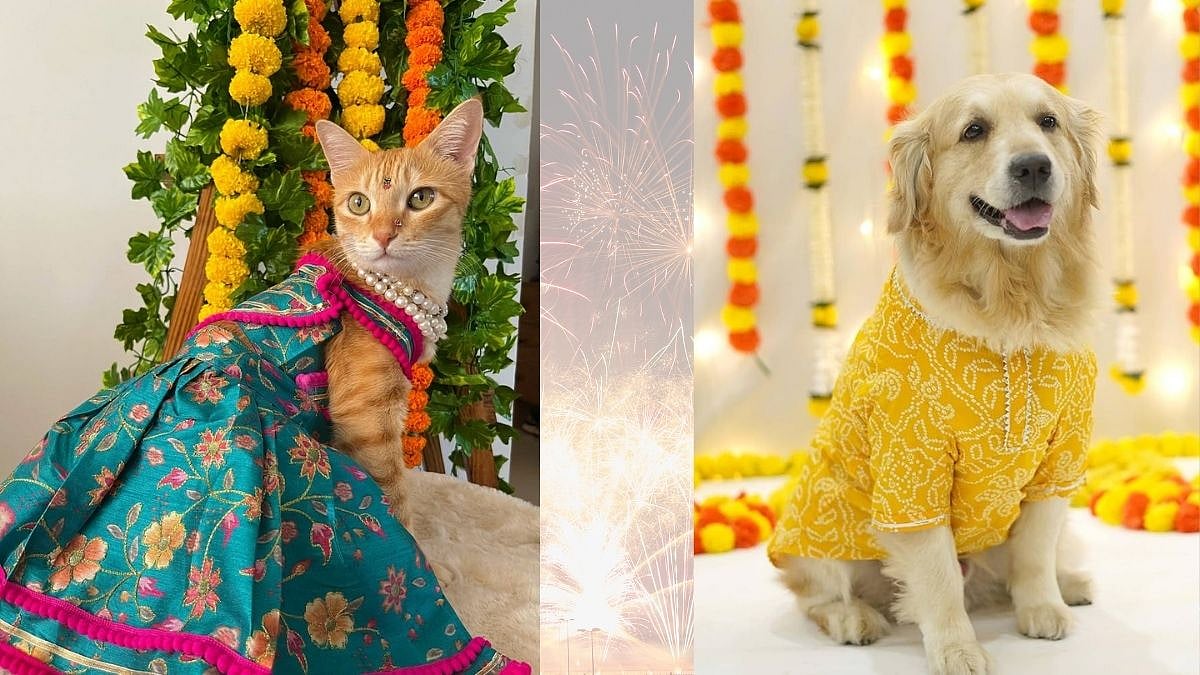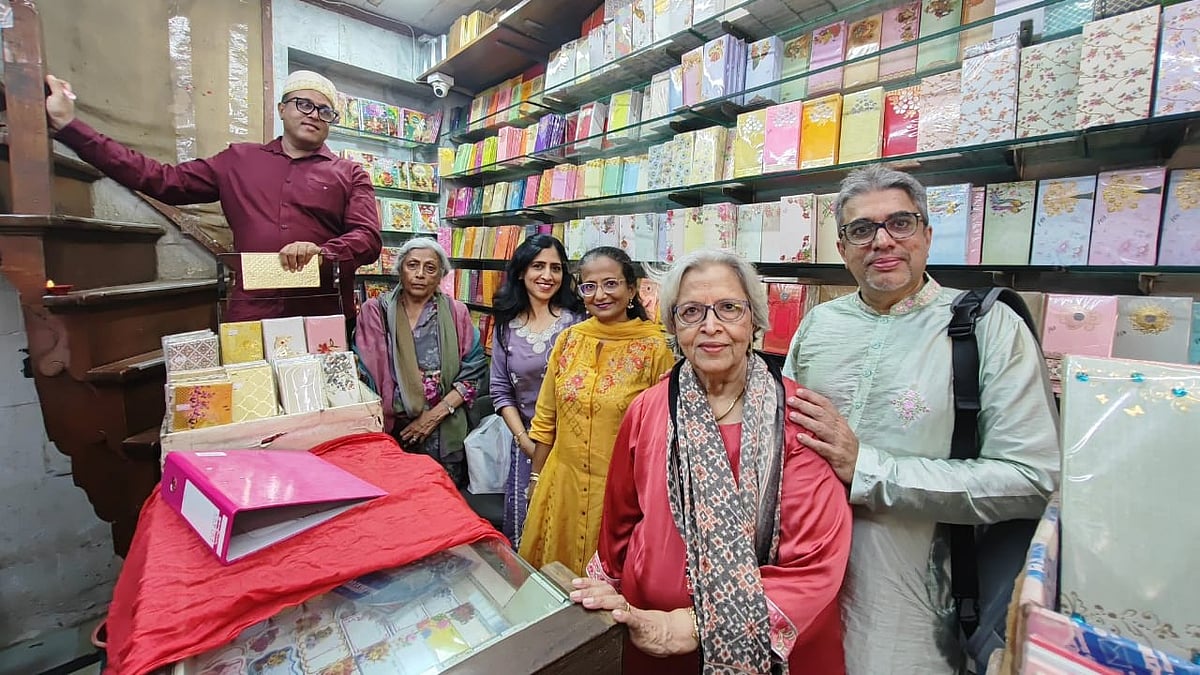Memories of a good meal never fade. Years may pass, but the recollections of the colour, flavour, and aroma of our mother’s traditional xit-coddi-nustem (fish, curry, rice), or the sannas (sweet rice cakes made with jaggery and coconut) we ate at feasts, or the mangada (mango jam) are still fresh. According to the doctoral thesis of Dr. Maria de Lourdes Bravo da Costa, memories tie us to our personal experiences and strengthen our local identities.
Titled Food History of Goa: Its Multifaceted Aspects from 1900-1961, this work explores, for the first time in the State, the neglected historical aspects of food in Goa, the role memory plays in understanding food, and other interesting factors. In the chapter on food and memory, she cites David Sutton’s Remembrance of the Past — ‘the food-memory connection is different from other memory connections’ and ‘the constructed relationship between food and memory is culturally specific and cross-culturally variable.’
Reading about the palm tree, one understands its multiple purposes from the writings of the Jesuit who authored the Arte Palmarica, a monograph on coconut cultivation. He writes, “The coconut tree is the most useful and of greater service than any other because from it is made the wine, oil, vinegar, jaggery, water, and wood. Its fruit has sales everywhere and it is greatly esteemed and valued.”
With the markets filled with delicious varieties of mangoes, she analyses Lucio Rodrigues’s ‘Pink and Green’ memories of the fruit, ‘the greenest of the green, which you stuff with chillies and spices, smacking your lips…’
A reading of Marcel Proust’s Episode of eating a madeleine dipped in tea' triggered personal memories of the festive food she had as a Panjim resident. She recalls, “Sarapatel, sannas, and beef assado were very essential for the Immaculate Conception Church feast in December.”
If a rainy day brings para pickle to our lunch table, our calendar of celebrations has contributed to Goa’s food story too. In the chapter on Feasts and Traditions: Borrowing to celebrate festivities and Indebtedness, she researches how our Indian roots played a role in shaping the current observances. She elucidates that the vegetarian meal served at the Santa Cruz harvest festival is evidence of the event’s Hindu origins. She studied the Tisreachem Fest of Nerul,
using fieldwork and oral cultural practices. She found locals using freshly picked tisreo (shellfish) which are available in plenty along the shoreline of Nerul village. Till today, locals and neighbours throng for a sampling of the Tisreachem sambarem, a delicious curry of shellfish.
The food we ate may stir fond memories, but not always. Delving into historical records to study rice, she uncovers a painful past. In chapter two of her thesis, she writes of the ‘problematic unavailability of rice in enough quantities throughout the year and therefore the need to be imported.’ She argues, contrary to the belief that Goa is a self-sufficient state, it has historically been a ‘rice-deficit territory.’
The lack of political will created a nexus between the Government, gaunkars, and landlords in the rice trade. Regressive laws heightened the suppression, especially at the hands of the Alcistas. She explains, “Alcistas acted like land brokers who bid for large tracts of land and sublet to the cultivators at a higher price. They earned huge profits without any effort.”
A recipient of a Goa State Cultural Award in 2017-18, Dr. Da Costa is a renowned academician in Goa with several papers and seven books on topics about Goan culture to her credit, among which feature Games that we played, Remembering Goa, Tasty Morsels: Goan Food Ingredients & Preparation, and Feasts, Festivals and Observances in Goa.
She holds a Master’s degree in Library and Information Science as well as a Master's in History. Researchers, students, professors, and the public have heavily relied on Lourdes’ sharp memory for book titles, a veritable storehouse of information, and on information from her days as the former librarian at Central Library in Panjim.
Not one to retire with age, you can still find her at her old haunt helping students or visitors lost in its massive collection, while she takes down her own notes. “I don’t know my age,” laughs the 70-year-old, “I’m not going to stop my academic study.”
Her priority now is to get her thesis out in print with a reputed publisher.













